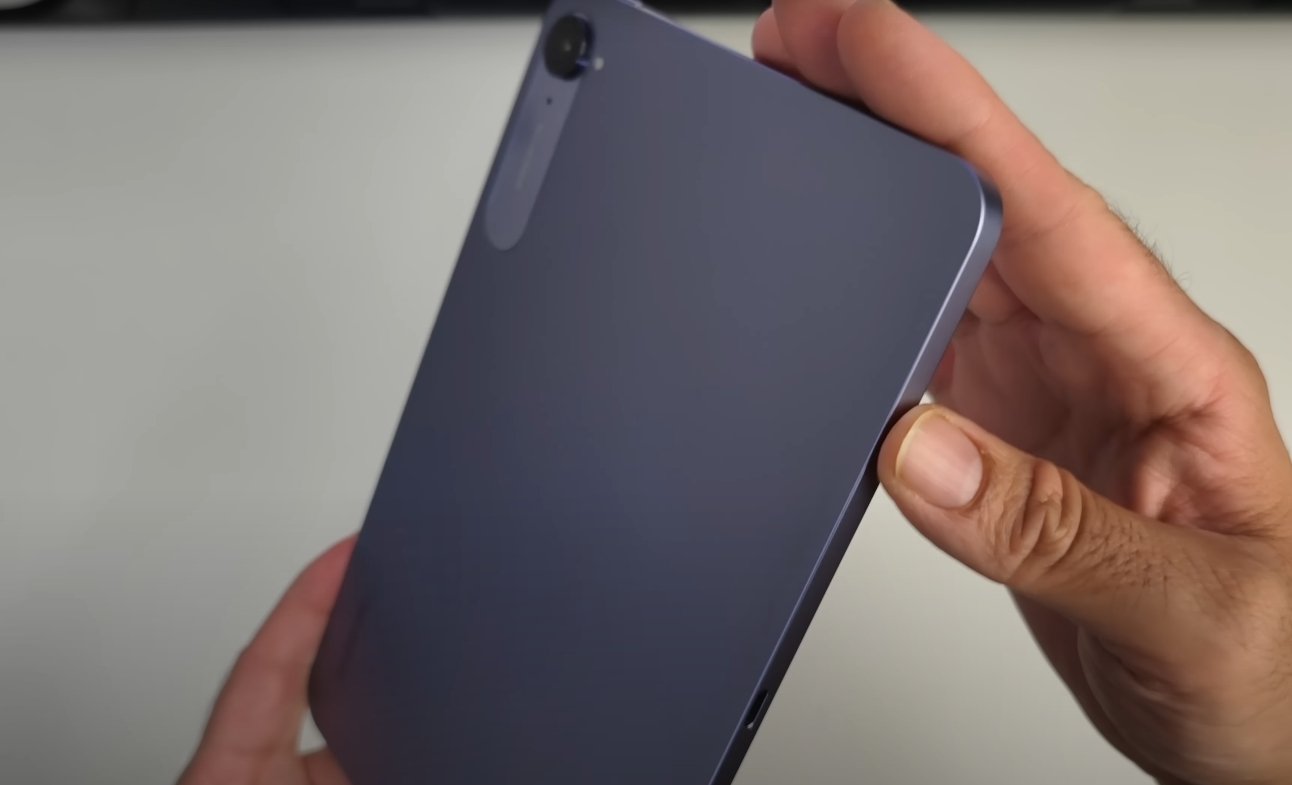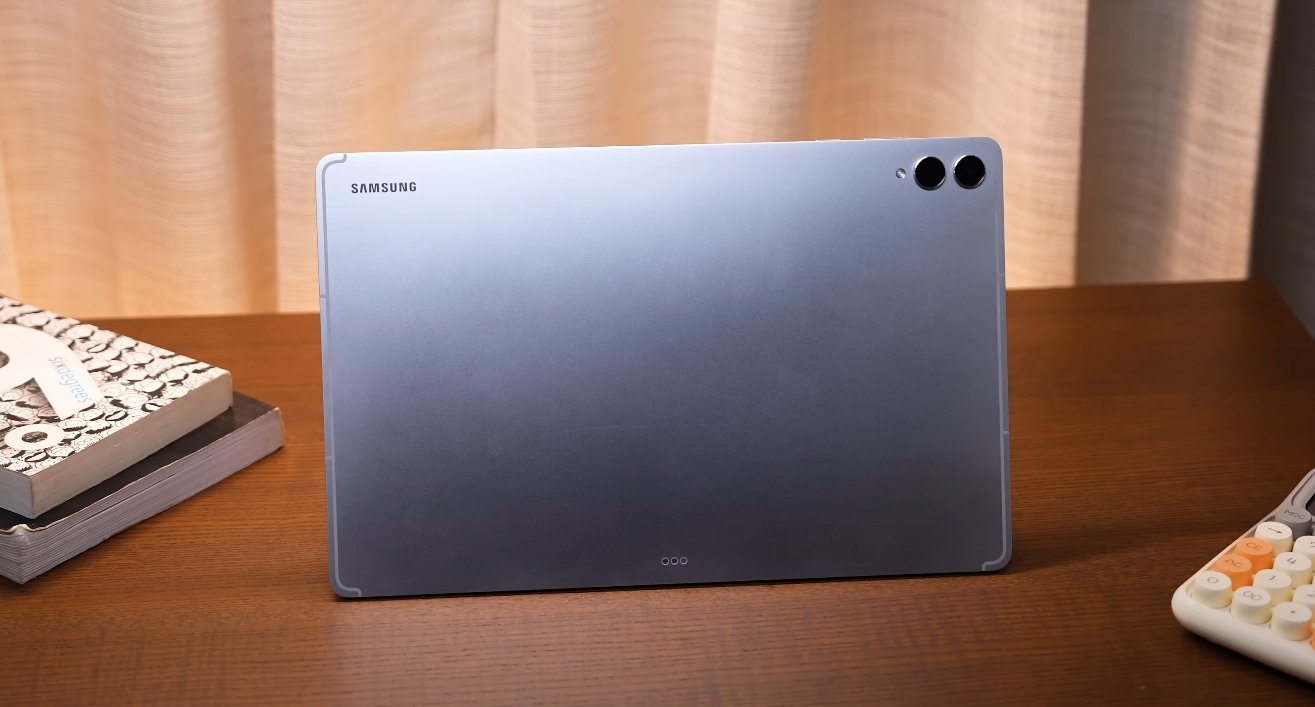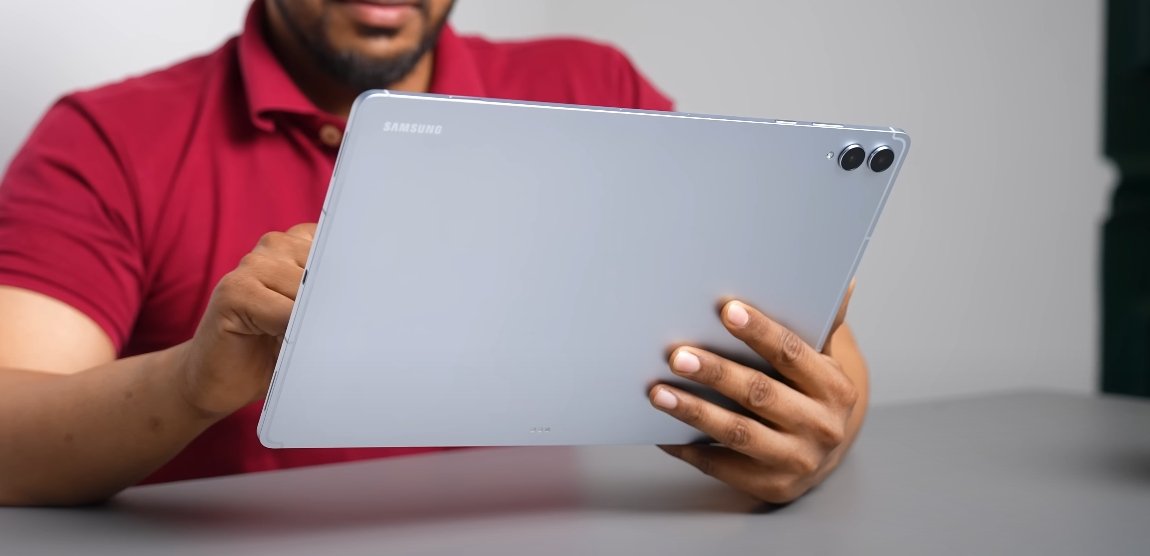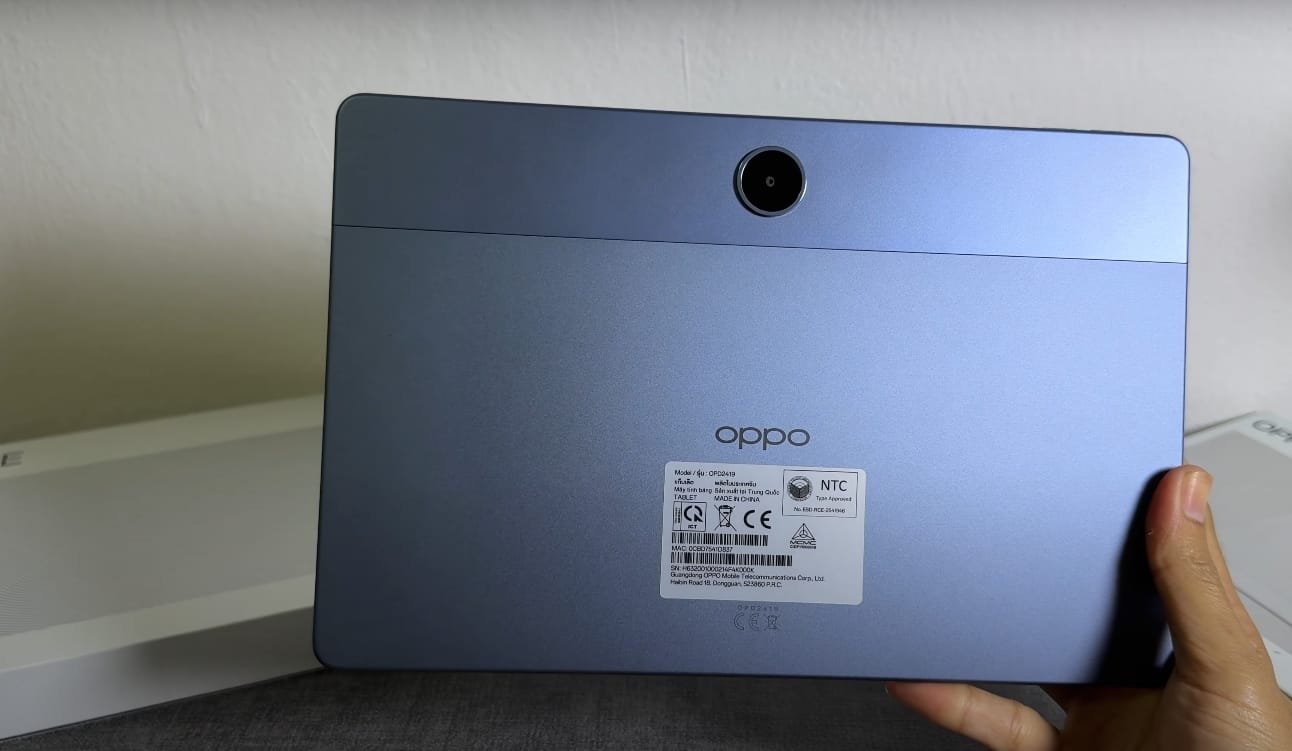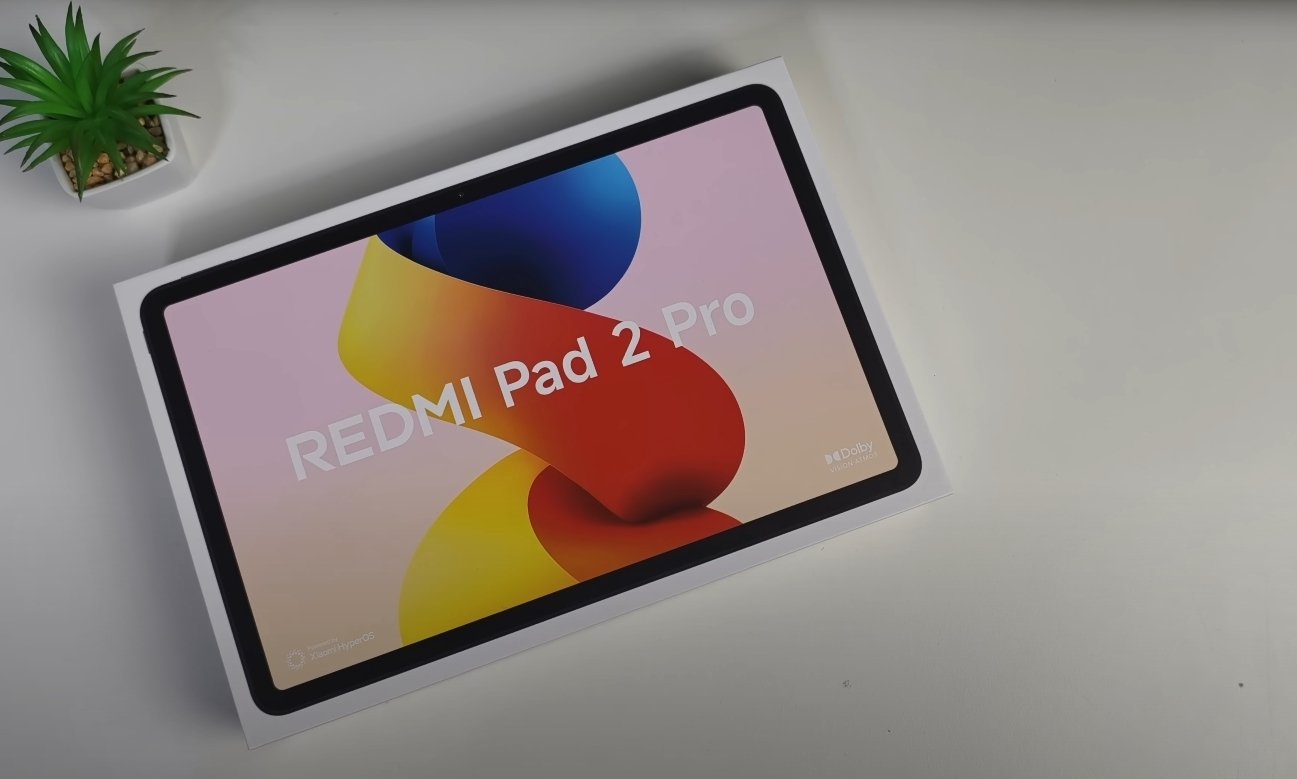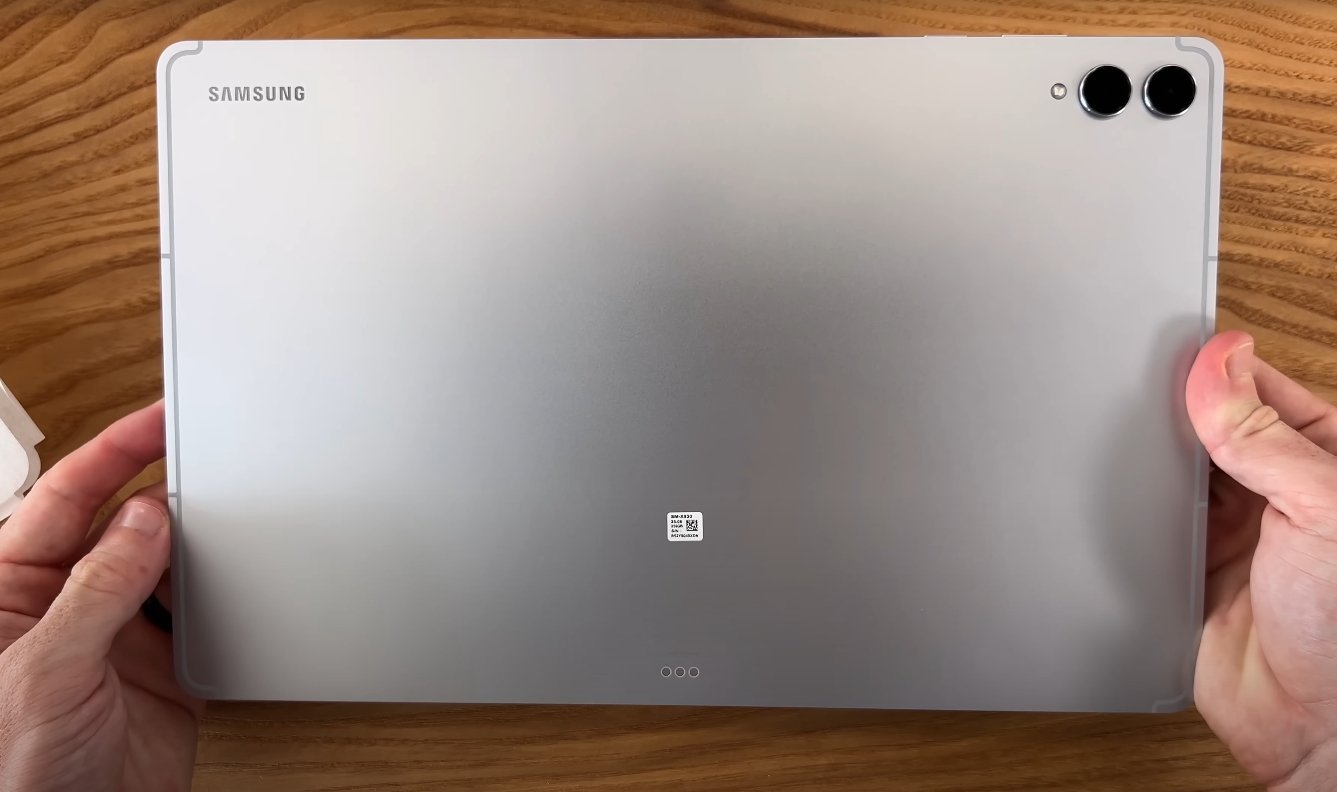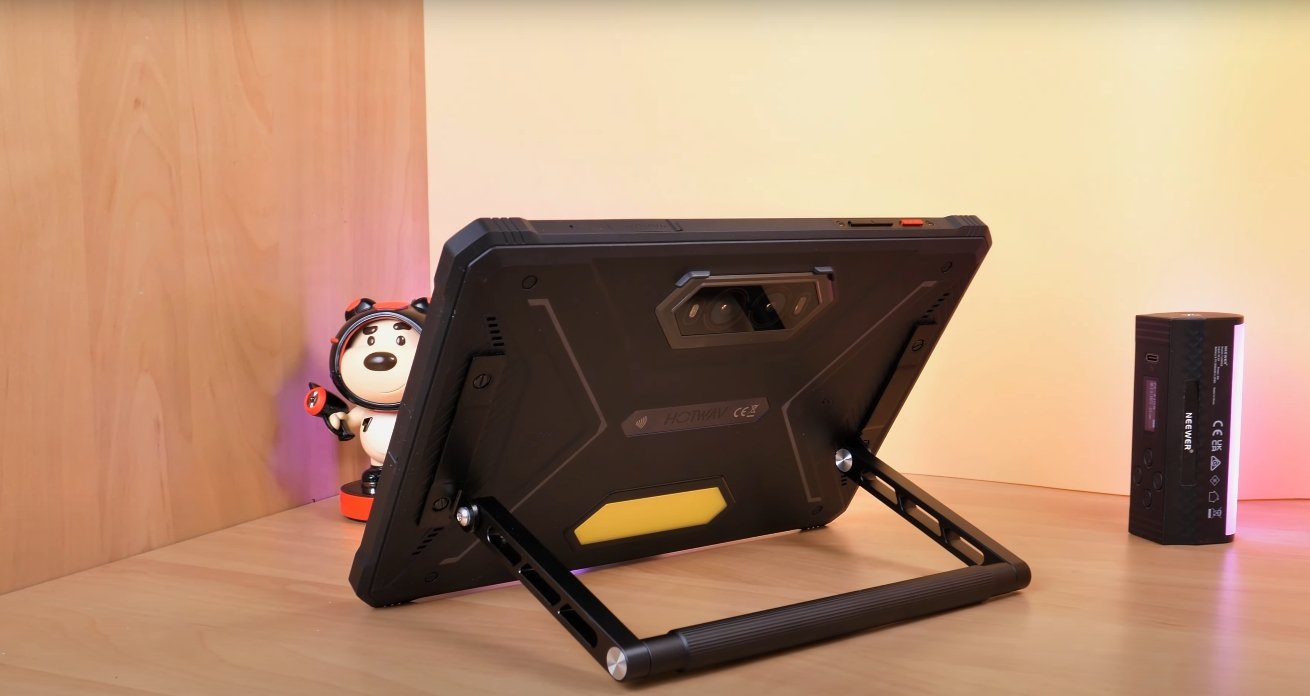Comparing Performance: Galaxy Tab S11 Ultra and Google Pixel Tablet
The Samsung Galaxy Tab S11 Ultra and Google Pixel Tablet are two high-profile Android tablets that target different types of users. While both devices are designed to deliver strong performance, they cater to distinct needs with variations in processing power, display quality, battery life, and software experience. Understanding these differences helps users decide which tablet best suits their workflow and entertainment requirements.
The Galaxy Tab S11 Ultra is powered by the MediaTek Dimensity 9400+ chipset, built on a 3-nanometer process. This processor delivers exceptional CPU, GPU, and AI performance, making it well-suited for multitasking, content creation, and high-end gaming. Users can run multiple applications simultaneously, handle 4K video editing, and play graphics-intensive games without experiencing significant slowdowns. The tablet’s energy-efficient architecture ensures that performance remains consistent even during prolonged sessions, allowing professionals to rely on it for extended periods.
In comparison, the Google Pixel Tablet utilizes the Google Tensor G2 processor. This processor is optimized for AI tasks, voice recognition, and camera processing. While it performs well for general apps, media consumption, and AI-driven features, it does not match the raw computational power of the Dimensity 9400+ when handling heavy workloads or demanding applications. Users focused on high-performance multitasking, creative tasks, or gaming will find the Tab S11 Ultra better equipped to meet their needs.
Display quality is another major differentiator between these tablets. The Galaxy Tab S11 Ultra features a 14.6-inch Dynamic AMOLED 2X display with a resolution of 2960 x 1848 pixels and a 120Hz refresh rate. This large, vibrant screen provides excellent color reproduction, deep blacks, and a smooth visual experience, which is particularly useful for video editing, creative work, and immersive media consumption. The Pixel Tablet, on the other hand, has a 10.95-inch LCD display with a resolution of 2560 x 1600 pixels and a 60Hz refresh rate. While the Pixel Tablet’s display is sharp and clear, it lacks the brightness, contrast, and fluidity of the S11 Ultra, making it less suitable for tasks that benefit from larger screen real estate.
Memory and storage options further highlight the performance differences. The Galaxy Tab S11 Ultra offers configurations with up to 12GB of RAM and 1TB of internal storage. This allows users to run multiple apps simultaneously, store large files, and manage extensive creative projects without facing storage limitations. The Pixel Tablet, by contrast, comes with up to 8GB of RAM and storage options of 128GB or 256GB. While this is adequate for general use, it may fall short for power users who need to handle large media libraries or multiple heavy applications.
Battery performance is another area where the two tablets differ. The Tab S11 Ultra is equipped with an 11,600mAh battery, supporting long hours of continuous use. Users can work, stream, and multitask extensively without worrying about running out of power. The Pixel Tablet has a 7,020mAh battery, which is sufficient for moderate daily use but may require more frequent charging during heavy workloads or extended media sessions. Samsung’s combination of a high-capacity battery and energy-efficient processor ensures that the S11 Ultra remains operational for longer stretches, making it more reliable for professional use.
Software experience and ecosystem integration also play a role in performance perception. The Galaxy Tab S11 Ultra runs Android 16 with Samsung’s One UI 8, offering multitasking features, desktop-like DeX mode, and seamless integration with other Galaxy devices. This allows users to connect the tablet with Samsung smartphones, laptops, and wearables, creating a cohesive and productive ecosystem. The Pixel Tablet runs Android 13 with a near-stock interface, delivering a clean and responsive experience. It integrates well with Google services and smart home devices but lacks the advanced productivity features and multitasking capabilities of Samsung’s One UI.
In conclusion, the Samsung Galaxy Tab S11 Ultra outperforms the Google Pixel Tablet in terms of processing power, display size and quality, memory and storage capacity, battery life, and multitasking capabilities. It is ideal for users who need a high-performance tablet for creative work, professional productivity, and gaming. The Google Pixel Tablet, while offering a smooth and clean user experience with strong AI features, is better suited for general use, media consumption, and users invested in the Google ecosystem. Choosing between the two depends on whether raw performance and productivity features or portability and a streamlined interface are the priority for the user.
